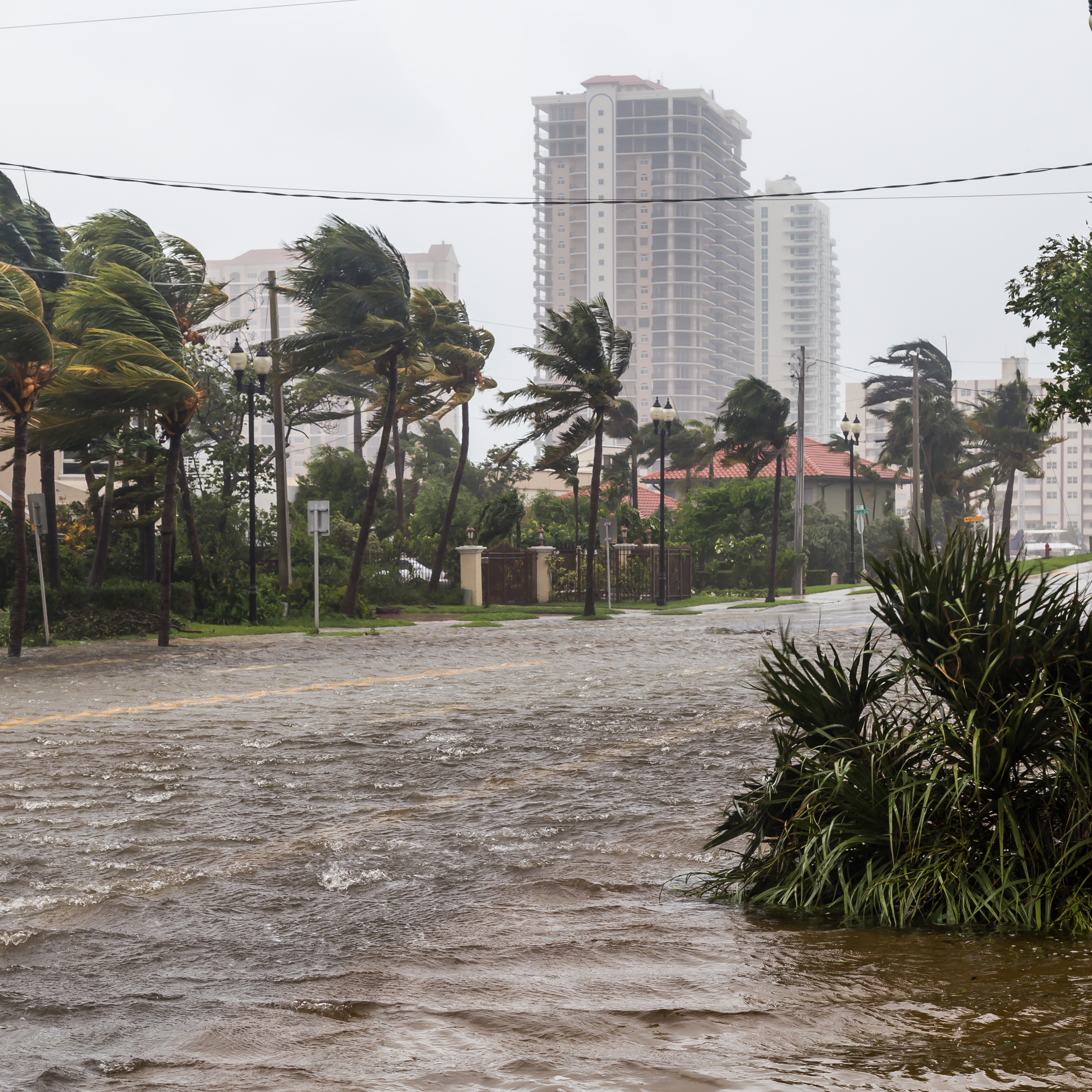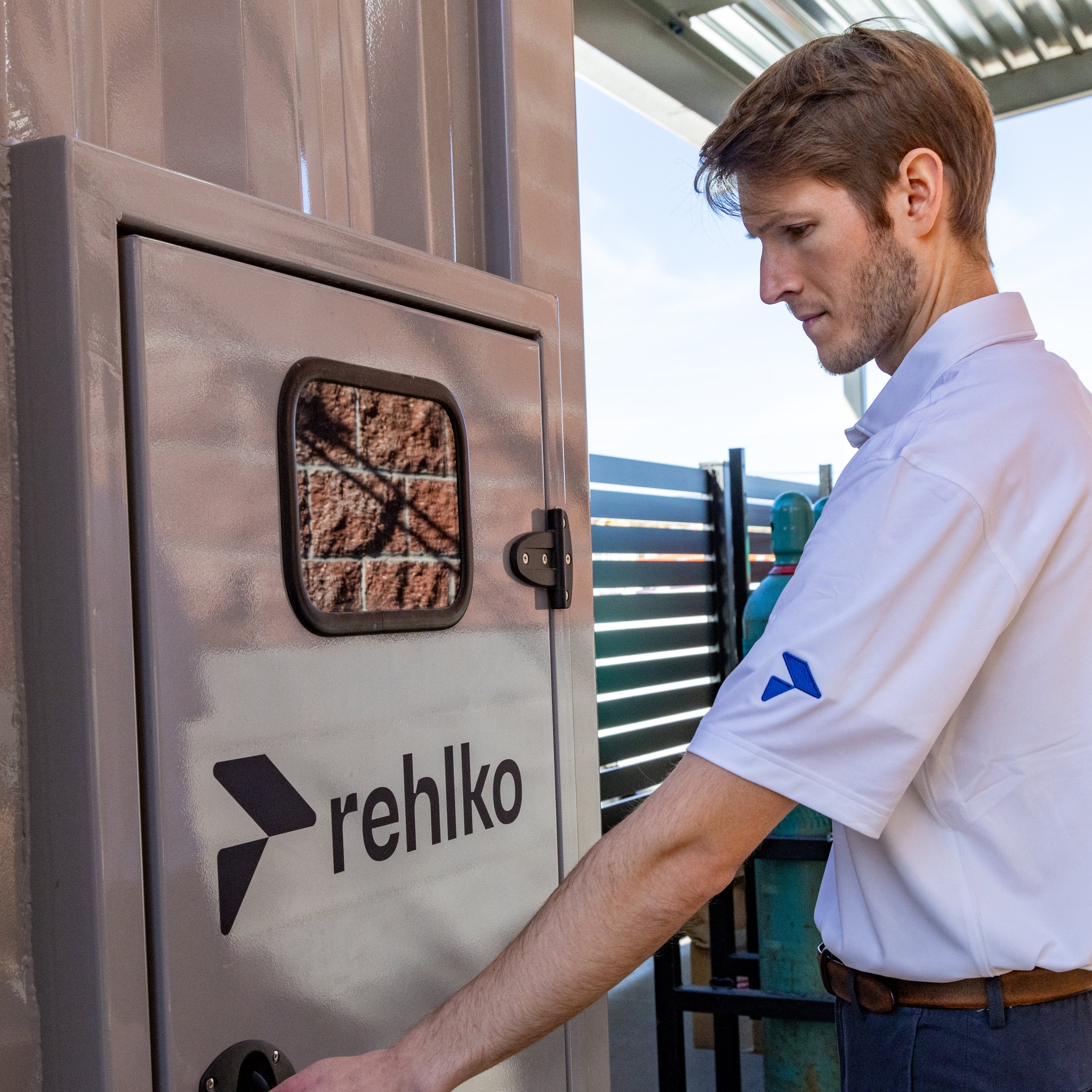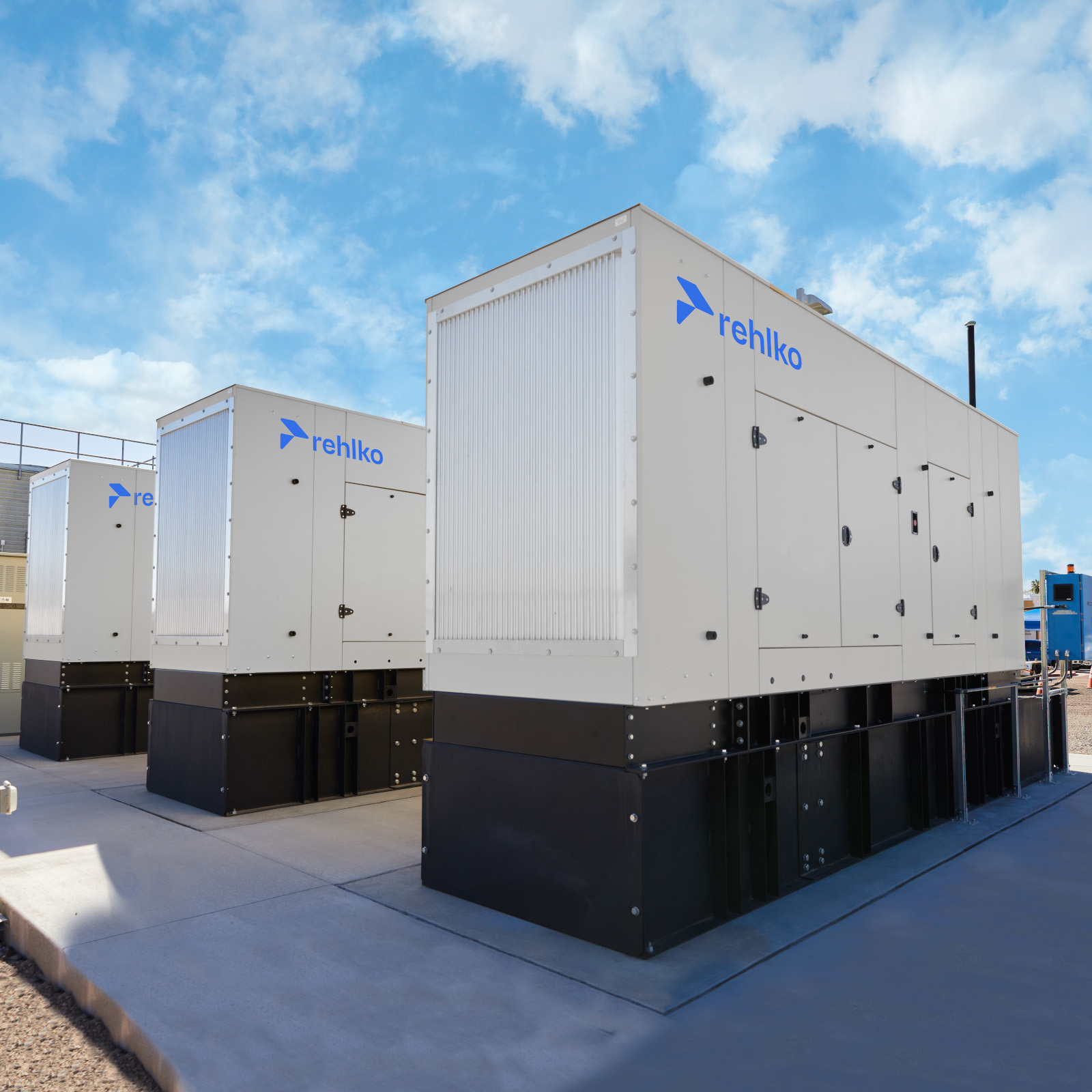Engineering Resilience: Generator Performance in Extreme Weather
 Print
PrintMission-critical generators are rigorously tested for extreme weather (wind, shake, debris) to provide reliable backup power for critical facilities.

Mission-critical generators must withstand the harshest environments and weather conditions. From seismic shocks to hurricane-force winds, these expertly engineered solutions - precisely built and thoroughly tested to the highest standards – must be able to withstand the most violent forces of nature. In doing so, generators can provide facilities such as hospitals, utilities, and data centers with the reliable backup power they need when it matters most.
What does it take to engineer a generator that can truly withstand these extreme conditions? Meeting rigorous building codes, such as the International Building Code (IBC) and the Florida Building Code (FBC), requires comprehensive testing and engineering across multiple critical areas. Only then can our customers be assured their backup power will perform when it's needed.
Rehlko generators achieve these certifications through rigorous engineering, testing, and construction standards and techniques. These cover wind, missile impact, shake, and rainwater testing. Let’s look at some of these tests in more detail.
Wind testing
From the outset, computational simulation and analysis, such as finite element analysis (FEA), can be a critical tool aiding in the design process of a power system enclosure. These techniques can be used to forensically evaluate different enclosure designs, ensuring they don’t buckle or collapse under wind loads of up to 200 mph. The ability to simulate testing allows for the opportunity to revise the enclosure design before building. Physical wind tunnel testing can sometimes be conducted to validate analytical results; however, size constraints may limit the use of physical methods.
Missile Impact Testing
In a state prone to hurricanes, such as Florida, wind-borne debris can become extremely detrimental to all buildings and structures. Therefore, missile impact testing for standby power system enclosures is a critical component to ensure the structural integrity and safety. Physical missile impact testing involves launching simulated missiles, such as wooden two-by-fours weighing approximately 9 pounds, at high speeds towards the enclosure. This test assesses the enclosure's ability to resist penetration and structural damage from wind-borne debris. The large missile impacts the surface of each test specimen at a speed of up to 80 feet per second (24.38 m/s). Each test specimen is then examined for panel or fastener disengagement, projectile penetration, and access door functionality after impact. The generator must be able to operate safely after the impact.
Shake Testing
During a seismic or similar event, the Earth and man-made structures move and oscillate, often in multiple axes. This movement is frequently violent and subjects structures and other systems to rapid acceleration and deceleration at oscillation frequencies predominantly less than 5 Hz (cycles per second). Therefore, triaxial shake-testing is another physical method that is deployed. In these set-ups, a generator up to 130,000 pounds is fixed firmly in place and subjected to forces from all directions: front to back, side to side, and top to bottom. Engineering analysis, test reports, and design calculations are then completed to confirm its performance under extreme conditions.
Rainwater Management
Smaller-scale design considerations also come into the mix. Infiltration from rainwater during hurricanes can be detrimental to a standby power system. While providing adequate air ventilation is important to prevent the power system from overheating, it is equally critical to ensure that rainwater cannot also enter through the intake ventilation of the enclosure. Consequently, Rehlko implements a vertical high-velocity rain louver design, comprising a gravity-assisted C-shaped profile, to enable power systems to cope with high-velocity wind-driven rain and rain ingress. Air is light enough to follow the curve and pass through the louver, but water droplets are too heavy to do so. Computational fluid dynamics (CFD) simulations are used to determine the correct sizing and verify that the power system has sufficient airflow for the engine's intake, while maintaining proper cooling performance for both the engine and alternator.
Build quality and installation excellence
Finally, construction and installation are also vital links in the process. Rehlko aluminum enclosures feature 3.175 mm thick walls, making them sturdy enough to handle hurricane winds. Proper anchoring and mounting also ensure that the generator remains securely connected to the foundation during wind events. While the installing contractor is responsible for correctly specifying and installing all anchors and mounting hardware, Rehlko has deep internal expertise in technical areas such as anchor design, minimum embedment depth, and concrete pad compressive strength and thickness. Additionally, generator enclosures are often situated near the ocean, making corrosion a significant concern. Using durable aluminum in conjunction with a high-quality paint system, such as Rehlko Power Armor, which surpasses a 2500-hour salt spray exposure test, can help keep a generator looking like it did on the day it was installed.
Ultimately, factors such as wind load, wind-borne debris impact, and rain ingress are critical considerations when designing a power system enclosure for use in areas prone to extreme weather events. Rehlko generators are designed and built to comply with all major standards, including FBC and IBC, utilizing pre-qualified, factory-tested solutions that save time and expense compared to one-off certifications. That means mission-critical facilities such as hospitals, utilities, and data centers can be confident that Rehlko generators will perform reliably, sustainably, and efficiently – whatever the weather.

Overcoming Grid Constraints in the Era of AI

Engineering Resilience: Generator Performance in Extreme Weather

Revolutionizing Mission-Critical Power


